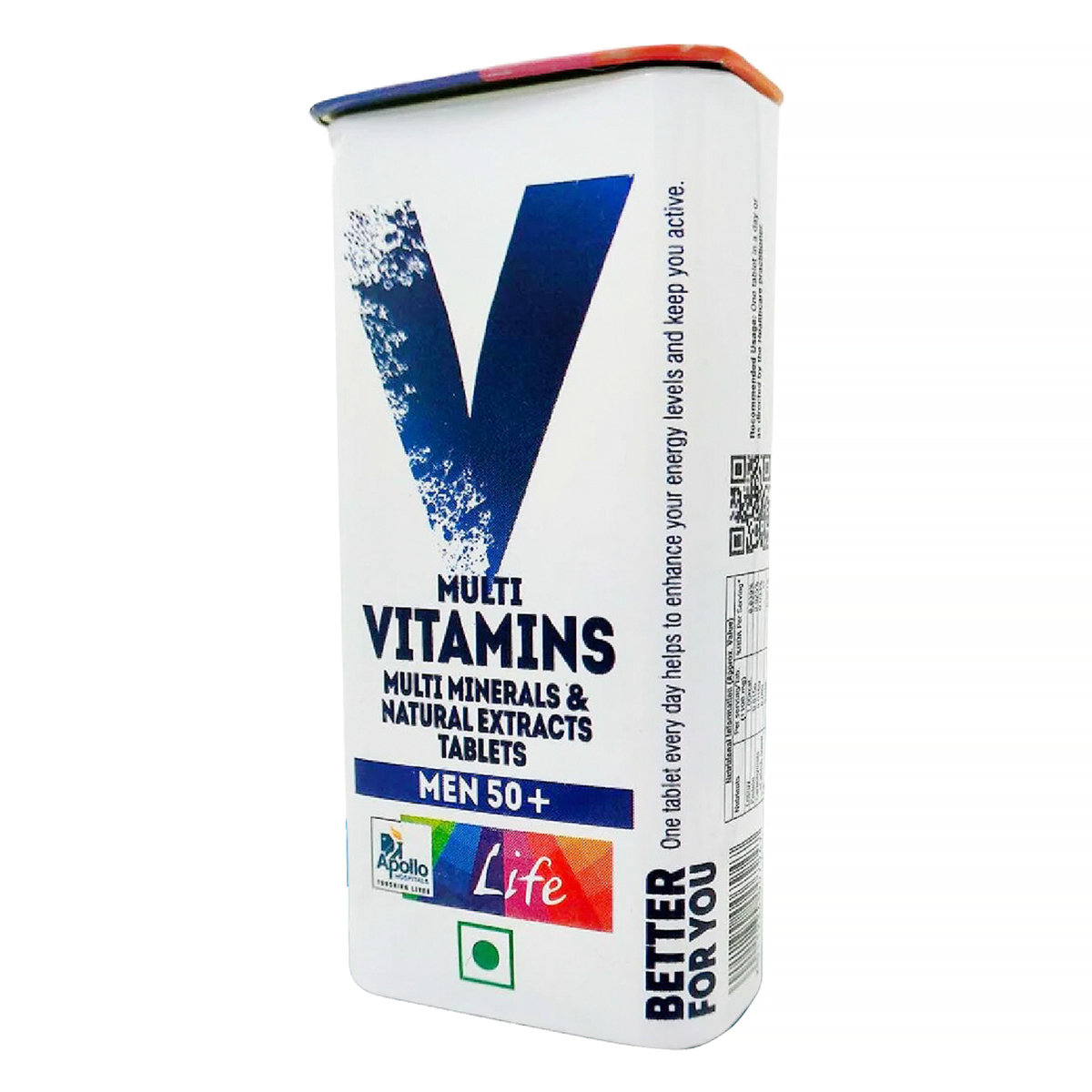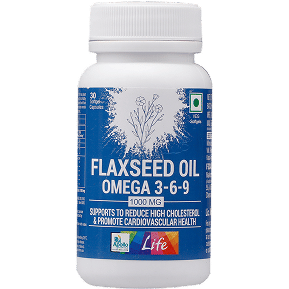Coversyl Plus Tablet
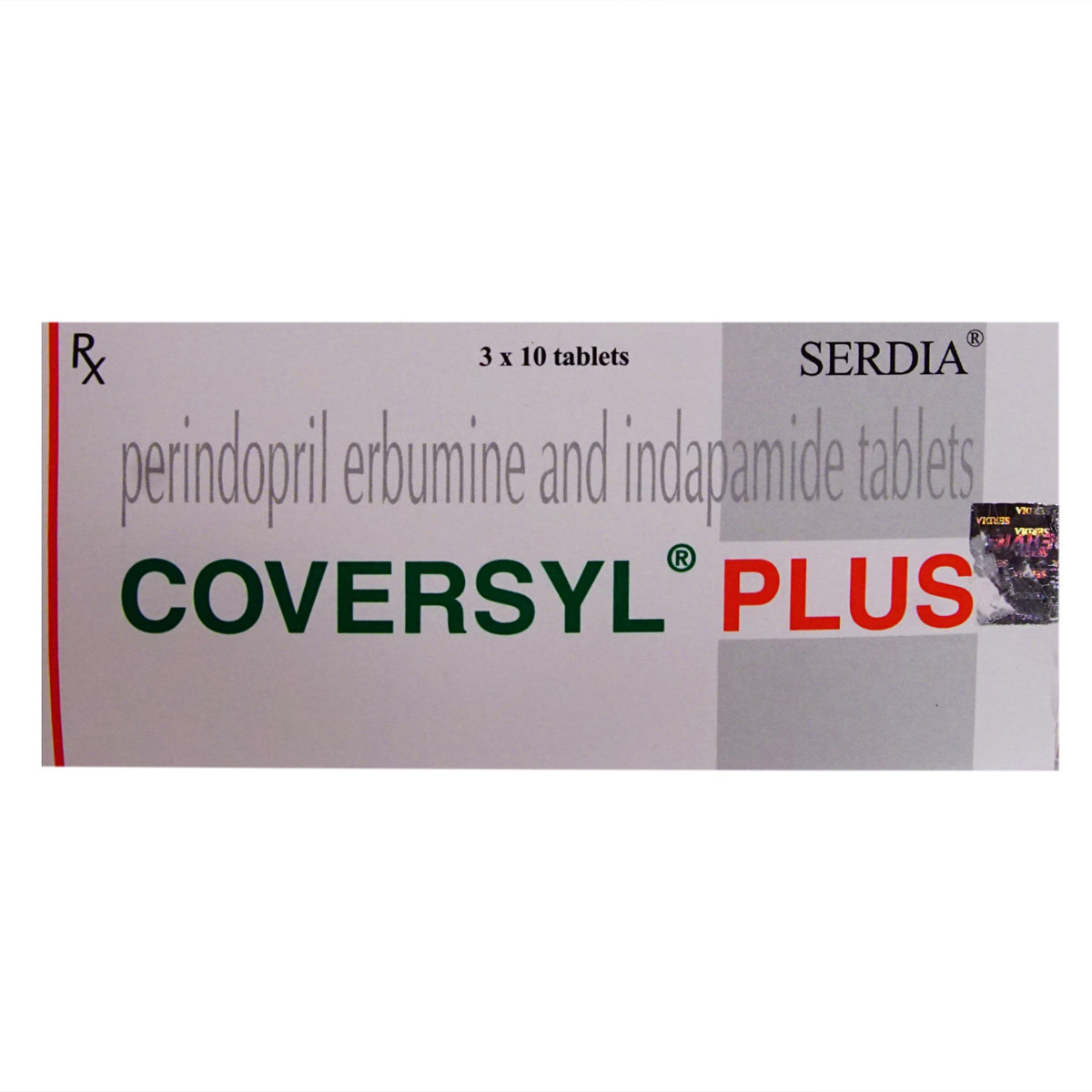
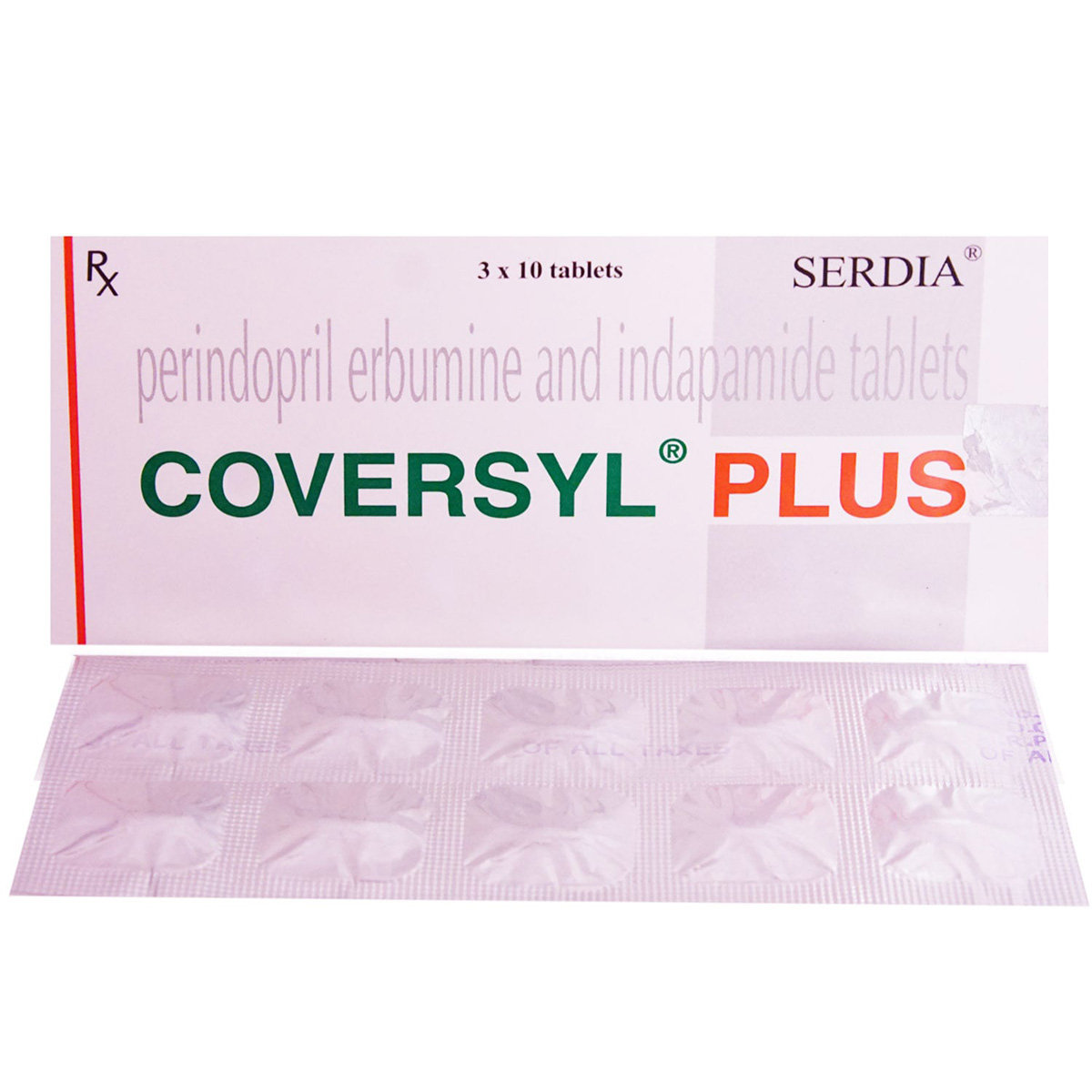
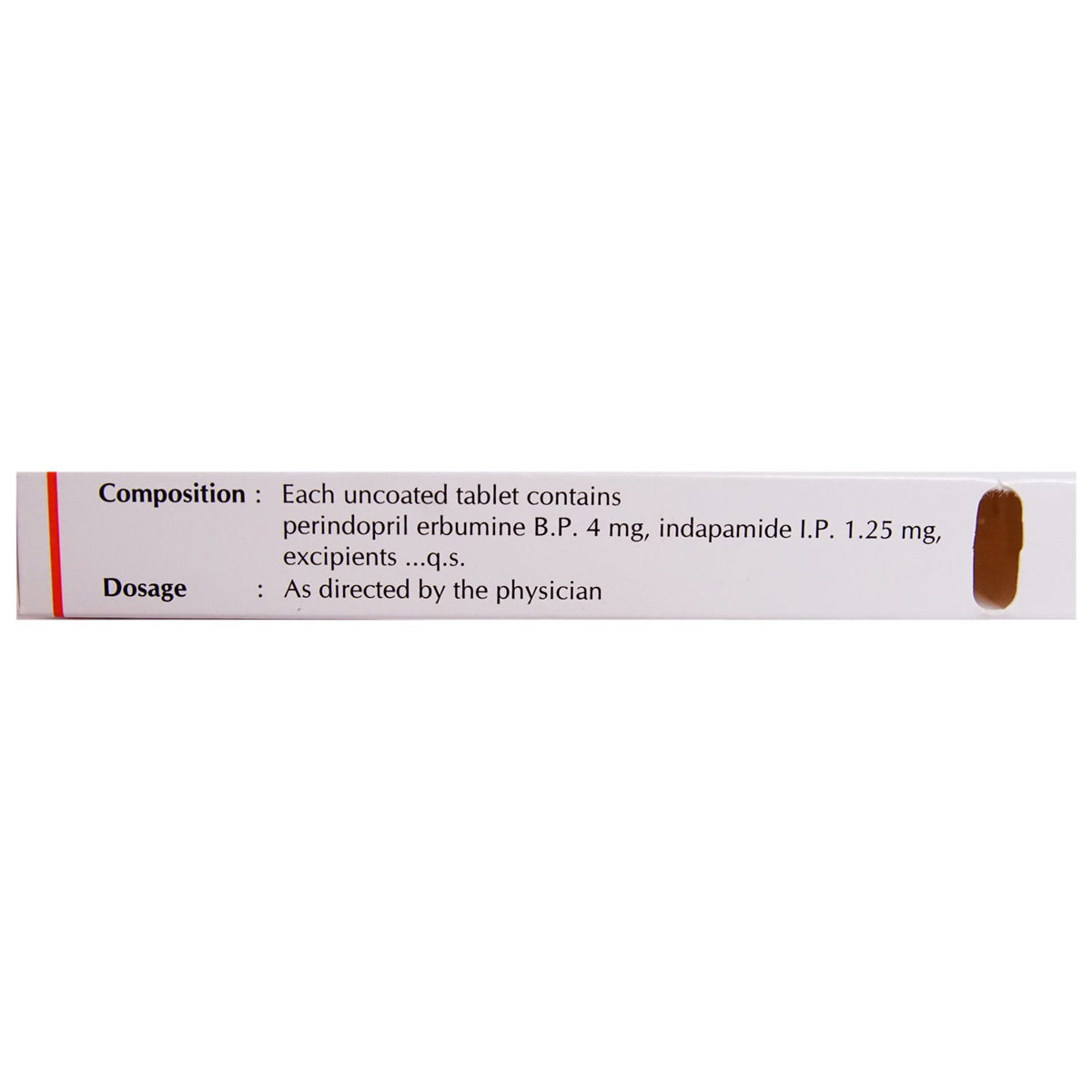
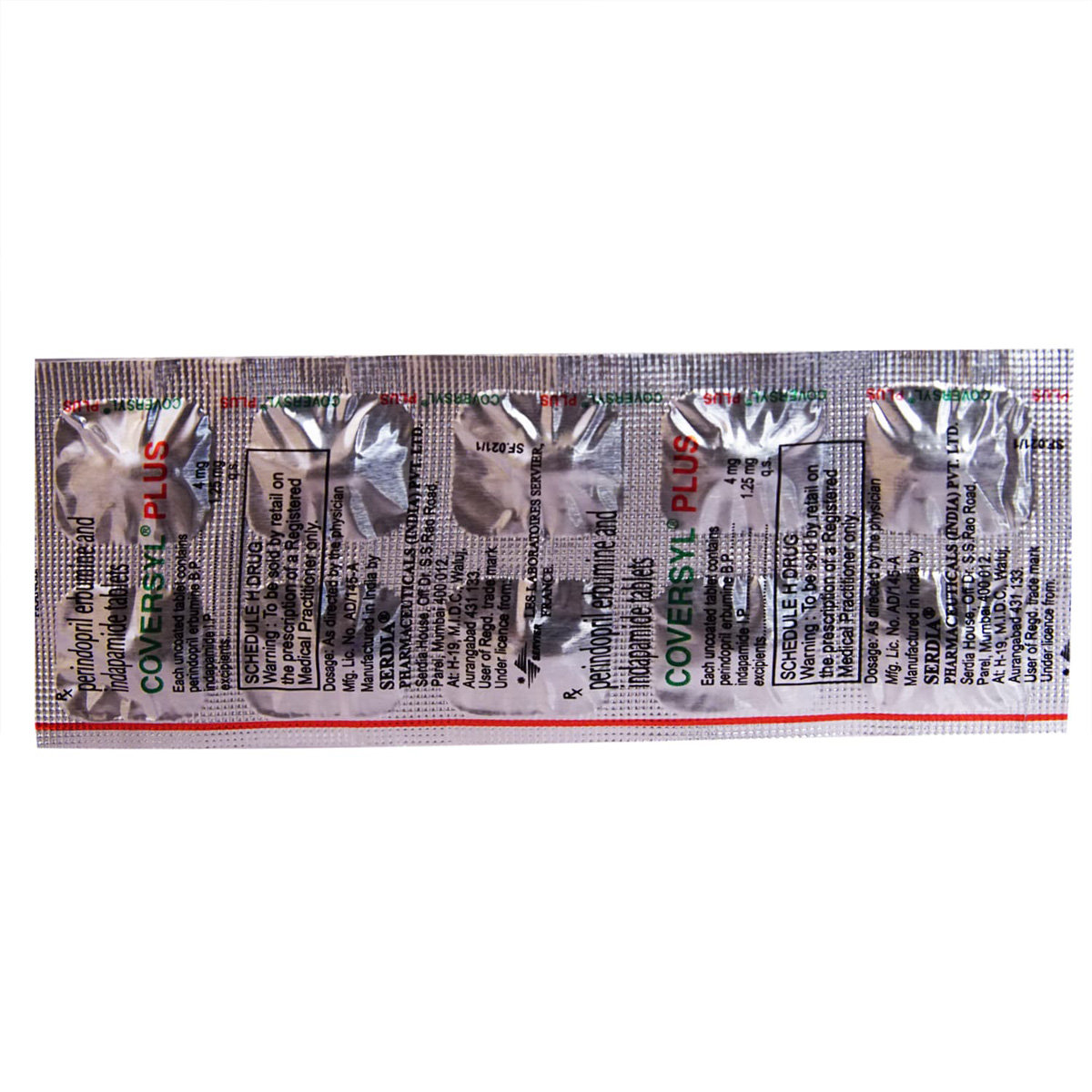
MRP ₹240
(Inclusive of all Taxes)
₹36.0 Cashback (15%)
know your delivery time
Provide Delivery Location
Composition :
Manufacturer/Marketer :
Consume Type :
Expires on or after :
Return Policy :

Secure Payment

Trusted by 8 Crore Indians

Genuine Products
Therapeutic Class
Country of origin
Manufacturer/Marketer address
Disclaimer
Alcohol
Safe if prescribed
Limit or cut down alcohol consumption; alcohol consumption may enhance this drug's hypotensive (low blood pressure) effect
Pregnancy
Consult your doctor
The use of Coversyl Plus Tablet or any ACE inhibitors (pregnancy category D) is usually contraindicated during the second and third trimesters of pregnancy. It may cause harm to the developing fetus. Hence, you should always consult your doctor before using the Coversyl Plus Tablet .
Breast Feeding
Consult your doctor
Use of Coversyl Plus Tablet is not recommended during the breastfeeding stage.
Driving
Safe if prescribed
Drive with caution, Coversyl Plus Tablet may cause blurry vision, and dizziness or weariness may occur.
Liver
Consult your doctor
Coversyl Plus Tablet to be taken with caution, especially in case of severe liver disease. The dose may have to be adjusted by your doctor. Coversyl Plus Tablet should be given with precaution in hemodialysis conditions.
Kidney
Consult your doctor
Coversyl Plus Tablet to be taken with caution, especially in case of severe kidney disease. The dose may have to be adjusted by your doctor. Coversyl Plus Tablet should be given with precaution in hemodialysis conditions.
Children
Safe if prescribed
Coversyl Plus Tablet is not recommended for children. The safety and effectiveness of Coversyl Plus Tablet have not been established in children due to limited testing of this drug on children by competent authorities worldwide. If necessary, your doctor will decide whether to give Coversyl Plus Tablet or not.
Product Substitutes
About Coversyl Plus Tablet
Coversyl Plus Tablet belongs to a class of medication called 'anti-hypertensive agents' prescribed alone or with other drugs to lower the raised blood pressure. Hypertension (High blood pressure) is a condition in which the force exerted by the blood against the artery walls becomes so high that it causes health problems, such as heart disease.
Coversyl Plus Tablet contains two medicines: Perindopril (blood pressure-lowering agent) and Indapamide (diuretics or water pills). Perindopril is an angiotensin-converting enzyme or ACE inhibitor that lower increased blood pressure by blocking a naturally occurring substance known as angiotensin II (that tightens your blood vessels). It allows these constricted blood vessels to relax and helps lower high blood pressure. On the other hand, Indapamide (diuretic) increases the amount of urine passed out from the kidneys. But unlike other water pills, it does not increase urine output. It effectively reduces excess fluid overload in the body and treats oedema (swelling) associated with heart, liver, kidney, or lung disease. This reduces the heart's workload and makes the heart more efficient at pumping blood throughout the body. Thus, both help lower high blood pressure, reducing heart attack or stroke chances.
Coversyl Plus Tablet is taken with or without food in a dose and duration as advised by the doctor. The doctor will adjust your dose according to your condition and response to the medicine. Sometimes, you may experience headaches, tiredness, slow heart rate, and nausea. Most of these side effects of Coversyl Plus Tablet do not require medical attention and gradually resolve over time. However, if the side effects are persistent, reach out to your doctor.
Try not to stop taking this medicine of your own. Even if your blood pressure becomes normal, you should not stop using Coversyl Plus Tablet . Doing so may worsen your condition. Tell your doctor if you have had or currently have liver, kidney, or heart problems. In pregnancy and lactation, Coversyl Plus Tablet should only be taken after consulting your doctor. You should regularly monitor your blood pressure and heart rate. Please tell your doctor if you are taking any other medicines or are allergic to Coversyl Plus Tablet . Reducing the amount of table salt (sodium chloride) in your food often relieves the body's swelling.
Uses of Coversyl Plus Tablet
Medicinal Benefits Mweb
Key Benefits
Coversyl Plus Tablet is primarily used to treat hypertension (high blood pressure), reduce the heart's workload, and reduce the risk of any future heart attack or stroke. It contains two medicines: Perindopril (blood pressure-lowering agent) and Indapamide (diuretics or water pills). Perindopril lowers the increased blood pressure by blocking a naturally occurring substance known as angiotensin II (that tightens your blood vessels). It allows these constricted blood vessels to relax and helps lower high blood pressure. On the other hand, Indapamide (diuretic) increases the amount of urine passed out from the kidneys. But unlike other water pills, it does not increase urine output too much. Thus, both help lower high blood pressure, reducing heart attack or stroke chances.
Directions for Use
Side Effects of Coversyl Plus Tablet
- Headaches
- Feeling tired
- Slow heart rate
- Nausea
Drug Warnings
Coversyl Plus Tablet should not be given to people allergic to Coversyl Plus Tablet , have low blood pressure (less than 90 mm of Hg), have had a heart attack, kidney disease, liver disease, pregnant women or planning to get pregnant and breastfeeding women. Coversyl Plus Tablet is not recommended in neonates and children with worse kidney functioning (glomerular filtration rate <30 mL/min). The raised bilirubin level has been reported in some cases, so patients with liver diseases (like cirrhosis, jaundice, yellowing of skin/eye, etc.) should take the Coversyl Plus Tablet with caution. Coversyl Plus Tablet contains perindopril, which is a category D pregnancy drug, it can cause harm to the baby, so it is not recommended to be taken during pregnancy. Do not take Coversyl Plus Tablet with alcohol as it may cause low blood pressure (hypotension) with symptoms of dizziness, drowsiness, weariness, or sleepiness. Tell your doctor you are using Coversyl Plus Tablet before undergoing dental or other surgery. Your doctor might stop this medicine before the surgery. Coversyl Plus Tablet contains Indapamide, which positively reacts to drug tests, so if you are an athlete, be aware if you are taking Coversyl Plus Tablet and are undergoing a drug test.
Drug-Drug Interactions
Drug-Drug Interactions
Login/Sign Up
Combining Aliskiren with Coversyl Plus Tablet can increase the risk of low blood pressure, high potassium levels, and kidney damage.
How to manage the interaction:
Taking Coversyl Plus Tablet with Aliskiren is not recommended, but can be taken if prescribed by a doctor. However, if you experience nausea, vomiting, weakness, confusion, tingling of the hands and feet, feelings of heaviness in the legs, a weak pulse, or a slow or irregular heartbeat contact your doctor immediately. Do not discontinue any medications without consulting a doctor.
Taking Droperidol with Coversyl Plus Tablet can lead to severe heart problems.
How to manage the interaction:
Taking Droperidol with Coversyl Plus Tablet is not recommended, but can be taken if prescribed by the doctor.
Taking Protriptyline along with Coversyl Plus Tablet can lead to serious heart problems.
How to manage the interaction:
Taking Protriptyline with Coversyl Plus Tablet is not recommended, but can be taken if prescribed by the doctor.
Taking Coversyl Plus Tablet with Thioridazine can increase the risk of heart problems.
How to manage the interaction:
Taking Thioridazine with Coversyl Plus Tablet is not recommended, but can be taken if prescribed by the doctor.
Using Coversyl Plus Tablet together with mipomersen can increase the risk of liver problems.
How to manage the interaction:
Co-administration of Coversyl Plus Tablet with Mipomersen can possibly result in an interaction, but it can be taken if your doctor has advised it. However, if you experience fever, chills, joint pain or swelling, unusual bleeding or bruising, skin rash, itching, loss of appetite, fatigue, nausea, vomiting, abdominal pain, dark urine, pale stools, and/or yellowing of the skin or eyes contact your doctor immediately. Do not discontinue any medications without first consulting your doctor.
Combining Tizanidine with Coversyl Plus Tablet can increase the risk of low blood pressure.
How to manage the interaction:
Co-administration of Tizanidine with Coversyl Plus Tablet can possibly result in an interaction, but it can be taken if your doctor has advised it. Do not stop using any medications without talking to your doctor.
Using Coversyl Plus Tablet together with piroxicam may reduce the effects of Coversyl Plus Tablet in lowering blood pressure, they may also increase the risk of kidney problems.
How to manage the interaction:
Co-administration of Piroxicam with Coversyl Plus Tablet can result in an interaction, but it can be taken if a doctor has advised it. However, if you experience nausea, vomiting, loss of hunger, increased or decreased urination, sudden weight gain or weight loss, swelling, breathing difficulty, muscle pain, and irregular heart rhythm, contact a doctor immediately. Do not stop using any medications without a doctor's advice.
Coversyl Plus Tablet when taken together with lithium may significantly increase the blood levels of lithium.
How to manage the interaction:
Although there is drug interaction between Coversyl Plus Tablet and lithium, but can be taken together if advised by a doctor. if experience dizziness, confusion, diarrhea, vomiting, muscle weakness, tremor (shaking of hand & legs) blurred vision, ringing in the ear, excessive thirst, and/or increased urination consult a doctor immediately. Do not discontinue medications without consulting a doctor.
Using Coversyl Plus Tablet together with spironolactone may cause hyperkalemia (high potassium level in blood).
How to manage the interaction:
Although taking spironolactone and Coversyl Plus Tablet together can possibly result in an interaction, it can be taken if your doctor has prescribed it. However, consult the doctor immediately if you experience symptoms such as weakness, confusion, numbness or tingling, and uneven heartbeats. Do not stop using any medications without consulting doctor.
Using leflunomide together with Coversyl Plus Tablet can increase the risk of liver problems.
How to manage the interaction:
Although there is a possible interaction between Leflunomide and Coversyl Plus Tablet, you can take these medicines together if prescribed by your doctor. If you have any of these symptoms - fever, chills, joint pain, swelling, bruising, skin rash, itching, loss of appetite, fatigue, nausea, vomiting, abdominal pain, dark colored urine, liver damage or bleeding - make sure to contact your doctor right away. Do not stop using any medications without talking to your doctor.
Drug-Food Interactions
Drug-Food Interactions
Login/Sign Up
Lentils, Orange Juice, Oranges, Raisins, Potatoes, Salmon Dried, Spinach, Tomatoes, Sweet Potatoes, Coconut Water, Beans, Beetroot, Broccoli, Bananas, Apricots, Avocado, Yogurt
How to manage the interaction:
Consuming Potassium containing food with Perindopril and Indapamide can increase the risk of high levels of potassium in your blood. Avoid consuming Potassium-containing food with Perindopril and Indapamide.
Drug-Diseases Interactions
Drug-Diseases Interactions
Login/Sign Up
Drug-Drug Interactions Checker List
- NITROGLYCERIN
- ALISKIREN
- LOSARTAN
- VALSARTAN
- OLMESARTAN
- CANDESARTAN
- CAPTOPRIL
- ENALAPRIL
- IBUPROFEN
- NAPROXEN
- LITHIUM
- ESTRAMUSTINE
- AMILORIDE
- TRIAMTERENE
Habit Forming
Special Advise
- Monitor your blood pressure daily and if there is too much fluctuation, then immediately contact your doctor.
Diet & Lifestyle Advise
- Create a well-balanced and healthy diet that includes vegetables, fruits, whole grains, legumes, omega-3-rich foods, and lean protein sources.
- Keep your weight under control with a BMI of 19.5-24.9.
- Avoid chronic stress, as it can raise your blood pressure.
- Spend time with your loved ones to cope with stress and practice mindfulness techniques.
- Be mindful of salt; consume no more than 2,300 mg each day.
- Limit or avoid alcohol consumption.
- Quitting smoking is the best strategy to lower the risk of heart disease.
All Substitutes & Brand Comparisons
RX
Out of StockPerigard D Tablet 10's
Glenmark Pharmaceuticals Ltd
₹119.1
(₹10.72 per unit)
50% CHEAPER

Have a query?
Buy best Cardiology products by
Torrent Pharmaceuticals Ltd
Sun Pharmaceutical Industries Ltd
Lupin Ltd
Intas Pharmaceuticals Ltd
Cipla Ltd
Micro Labs Ltd
Macleods Pharmaceuticals Ltd
Abbott India Ltd
Ajanta Pharma Ltd
Ipca Laboratories Ltd
Eris Life Sciences Ltd
Mankind Pharma Pvt Ltd
Lloyd Healthcare Pvt Ltd
Dr Reddy's Laboratories Ltd
Glenmark Pharmaceuticals Ltd
Emcure Pharmaceuticals Ltd
Alembic Pharmaceuticals Ltd
Alkem Laboratories Ltd
East West Pharma India Pvt Ltd
USV Pvt Ltd
Zydus Healthcare Ltd
Aristo Pharmaceuticals Pvt Ltd
Elbrit Life Sciences Pvt Ltd
J B Chemicals & Pharmaceuticals Ltd
Zydus Cadila
Akumentis Healthcare Ltd
Alteus Biogenics Pvt Ltd
Hbc Life Sciences Pvt Ltd
Fusion Health Care Pvt Ltd
Troikaa Pharmaceuticals Ltd
La Renon Healthcare Pvt Ltd
Corona Remedies Pvt Ltd
Jubilant Lifesciences Ltd
Medley Pharmaceuticals Ltd
Knoll Healthcare Pvt Ltd
Msn Laboratories Pvt Ltd
Zuventus Healthcare Ltd
Cadila Pharmaceuticals Ltd
Blue Cross Laboratories Pvt Ltd
Lividus Pharmaceuticals Pvt Ltd
Morepen Laboratories Ltd
Ranmarc Labs
Shrrishti Health Care Products Pvt Ltd
Sanofi India Ltd
Steris Healthcare
Elder Pharmaceuticals Ltd
Primus Remedies Pvt Ltd
Unison Pharmaceuticals Pvt Ltd
Eswar Therapeutics Pvt Ltd
Knoll Pharmaceuticals Ltd
Tas Med India Pvt Ltd
Systopic Laboratories Pvt Ltd
Indiabulls Pharmaceuticals Pvt Ltd
Leeford Healthcare Ltd
Sinsan Pharmaceuticals Pvt Ltd
Biochem Pharmaceutical Industries Ltd
Cadila Healthcare Ltd
Azkka Pharmaceuticals Pvt Ltd
Nirvana India Pvt Ltd
Orsim Pharma
Prevego Healthcare & Research Pvt Ltd
Econ Healthcare
Elinor Pharmaceuticals (P) Ltd
FDC Ltd
Sunij Pharma Pvt Ltd
Nicholas Piramal India Ltd
Astra Zeneca Pharma India Ltd
Pfizer Ltd
Lia Life Sciences Pvt Ltd
Shine Pharmaceuticals Ltd
Elicad Pharmaceuticals Pvt Ltd
Indoco Remedies Ltd
Proqol Health Care Pvt Ltd
Vasu Organics Pvt Ltd
Biocon Ltd
Opsis Care Lifesciences Pvt Ltd
Johnlee Pharmaceuticals Pvt Ltd
Merck Ltd
Wockhardt Ltd
Auspharma Pvt Ltd
Ergos Life Sciences Pvt Ltd
Lakshya Life Sciences Pvt Ltd
Ordain Health Care Global Pvt Ltd
Pficus De Med Pvt Ltd
ALICAN PHARMACEUTICAL PVT LTD
RPG Life Sciences Ltd
Glynis Pharmaceuticals Pvt Ltd
Orris Pharmaceuticals
Samarth Life Sciences Pvt Ltd
Aprica Pharmaceuticals Pvt Ltd
Aretaeus Pharmaceuticals Pvt Ltd
Koye Pharmaceuticals Pvt Ltd
Neocardiab Care
Retra Life Science Pvt Ltd
Alniche Life Sciences Pvt Ltd
Alvio Pharmaceuticals Pvt Ltd
Arkas Pharma Pvt Ltd
Atos Lifesciences Pvt Ltd
Divine Savior Pvt Ltd
Metalis Lifesciences Pvt Ltd
Customers Also Bought
Recommended for a 30-day course: 4 Strips



